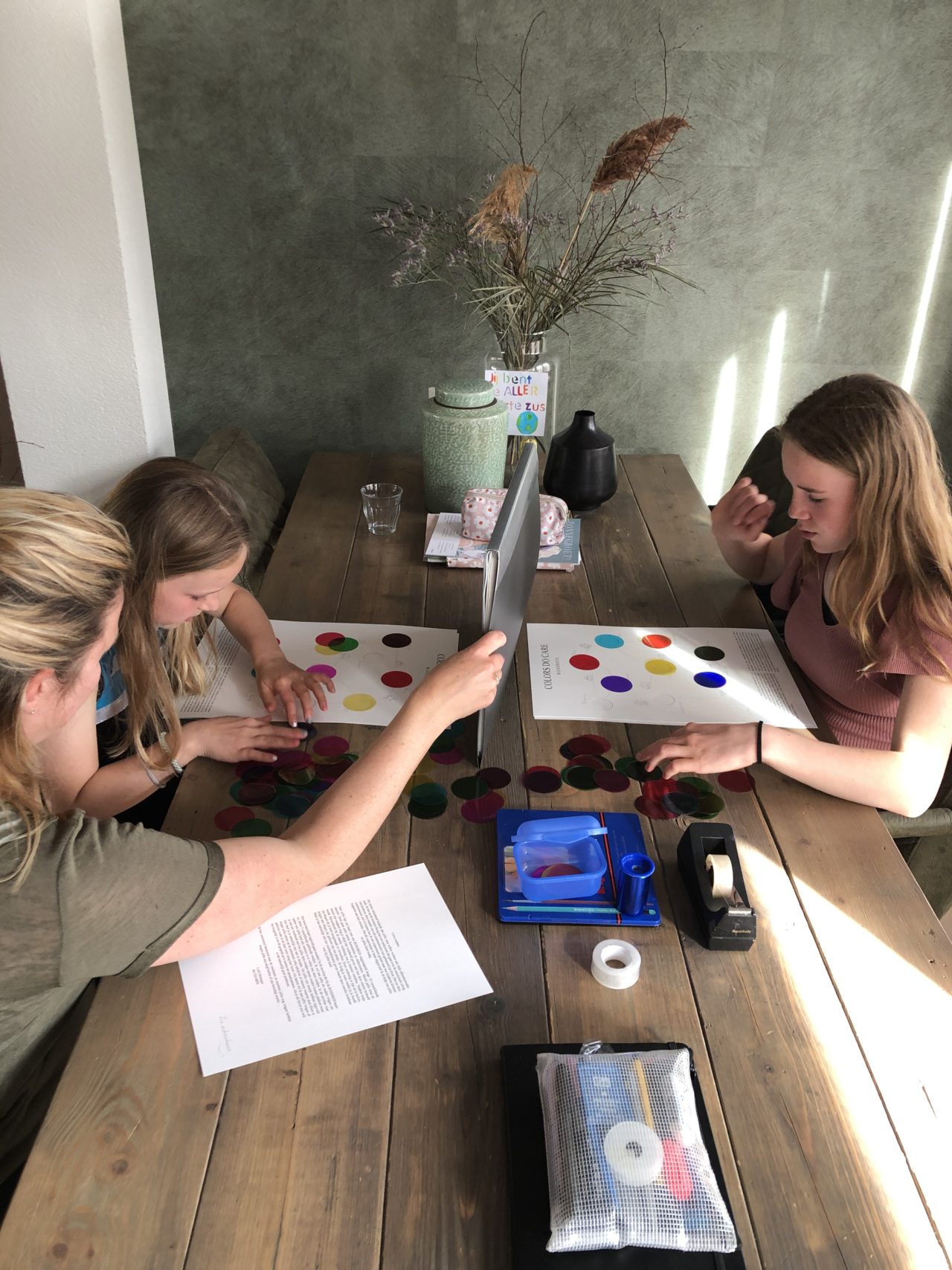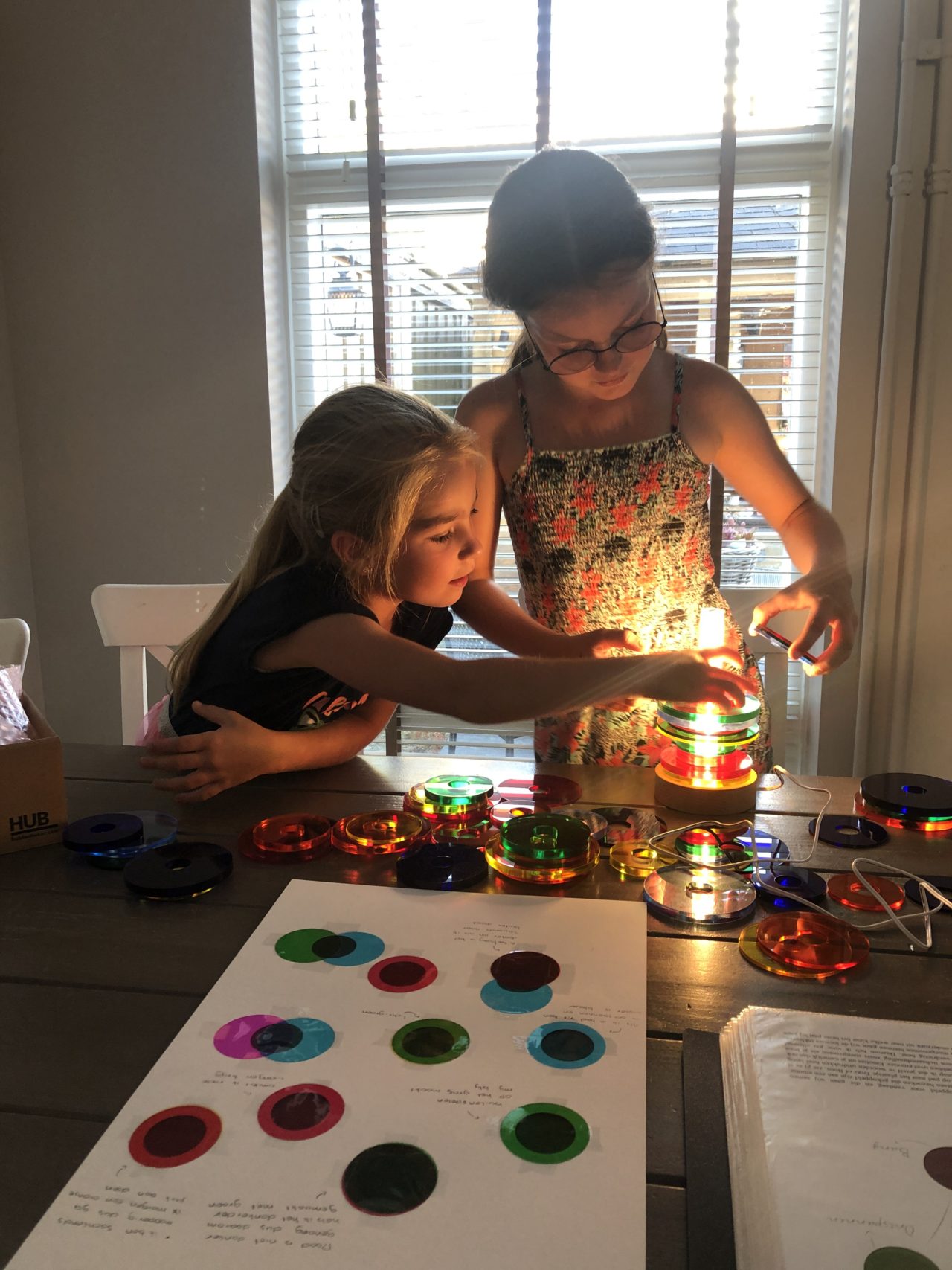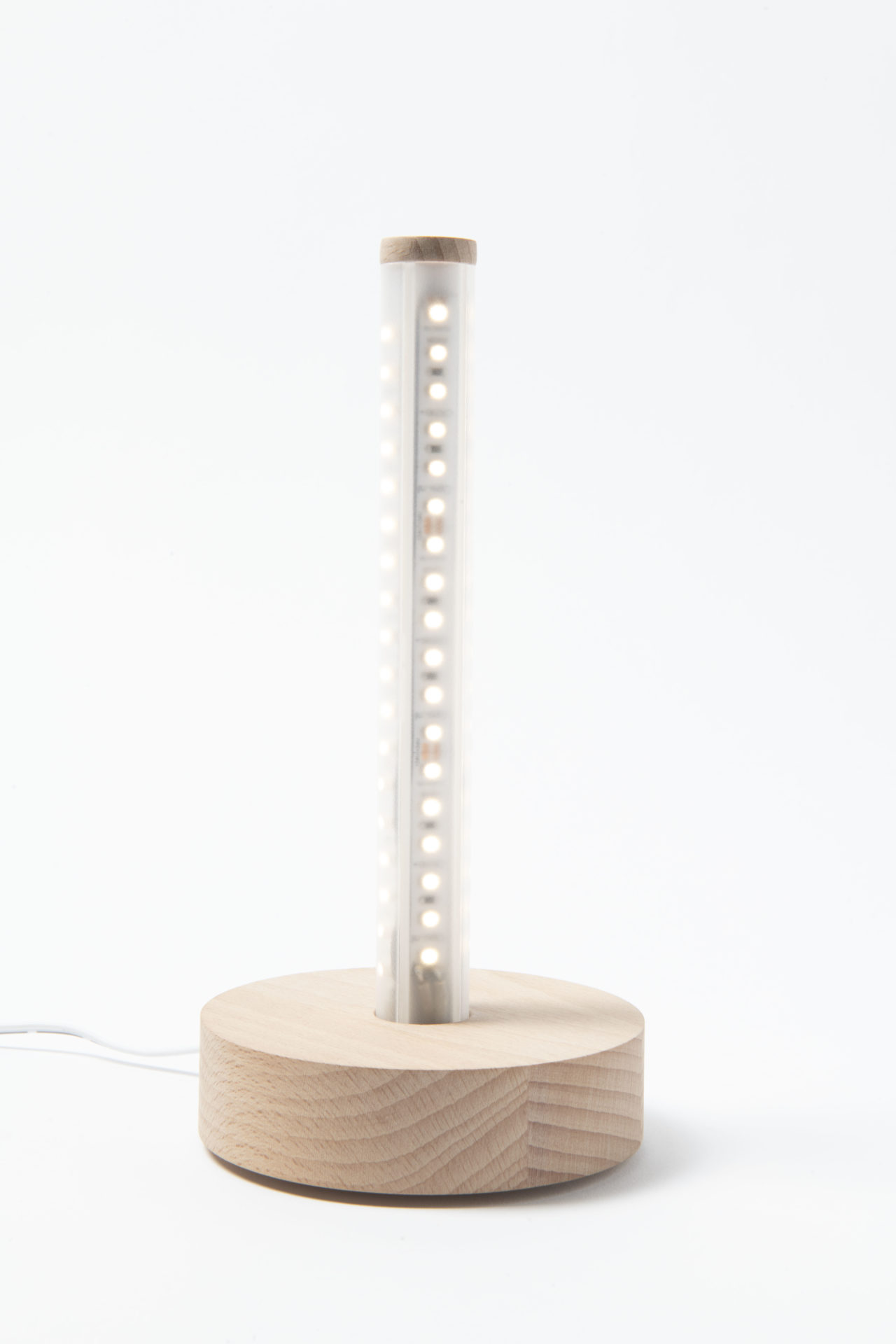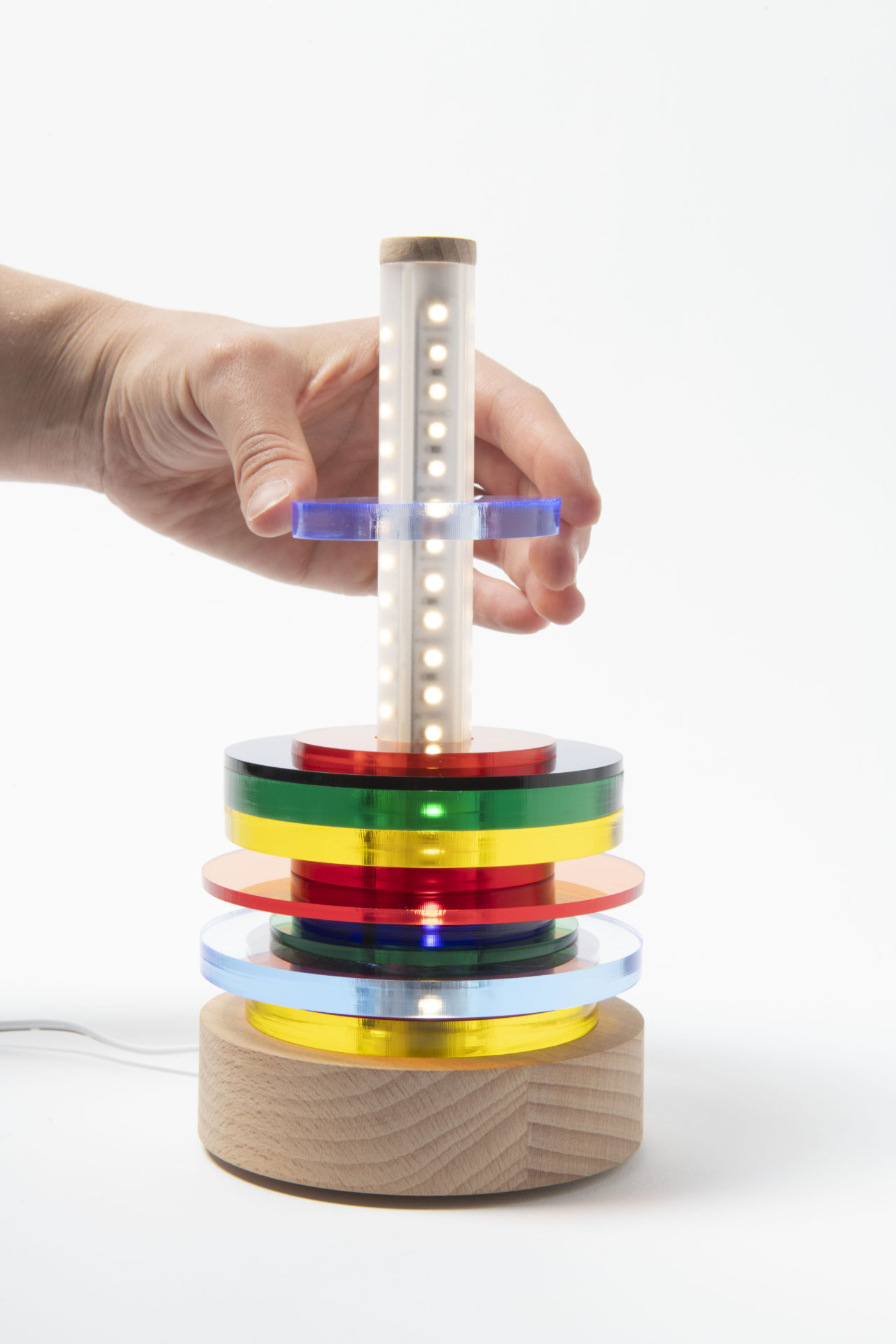Colors do care
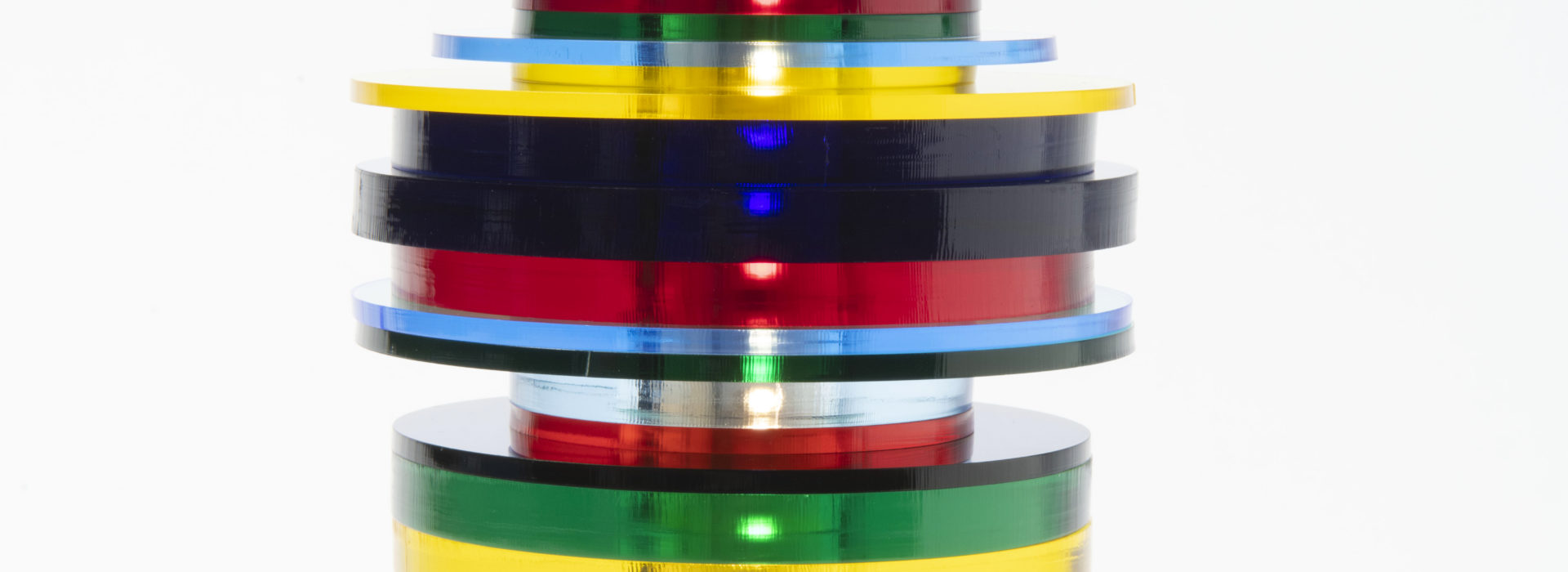
Project details
- Year
- 2022
- Programme
- product-design
- Practices
- autonomous
- Minor
- Hacking
As a designer I wanted to bring the influence of color, my interest in the healthcare system and my own experience together and see where I could contribute. I think it’s urgent at the moment to concern myself with the well-being of people. We simply have no control over when we become ill and need care. We therefore completely lose control and must hand over our well-being to the healthcare staff. I think that as a designer I can be an addition by keeping myself busy with giving back a little bit of control to the patient. When you are admitted to the hospital, this can be very drastic, especially on a child. Hospitalization often causes feelings of fear, confusion, insecurity and powerlessness on children and their parents. As an 11-year-old girl I spent a lot of time in the hospital, I was scared and I shut myself down emotionally. No one knew exactly what was going on in my mind and this ultimately led to a misdiagnosis. This project is therefore about emotions. About emotions that you don’t have to hide or put away within the walls of the children’s department of the hospital. The goal of this project is to design a communication tool that could help to make an emotional connection between patients (children), the health care staff and their caretakers.
Workshop ‘Rondreis’
During my research phase I have developed my own workshop and mapped out a ‘RONDREIS’ along 10 different emotions: happy, sad, angry, scared, tensed, insecure, jealous, relaxed, grumpy and proud. I explored these together with the children and their parents. The goal of this workshop was to find out if children link specific colors to specific emotions and if all children do that in the same way. Also, I wanted to know if the children could explain why they choose these colors for these emotions and if I could talk about emotions with children through colors. Besides, I wanted to know how parents experienced this experiment. At the beginning of this workshop, I explained that this ‘RONDREIS’ is really for the children themselves so Iwas curious about how they would feel when they are sad, what they do when they are scared, how they laugh when they are happy etcetera. I was also curious how they would express their feelings to their mom and dad and whether this map could help. I did this, because the most important thing I wanted to pass on to the children is that they should never hide their emotions. All their emotions should be there. Even emotions that are sometimes not so nice.
The workshop showed me that all children link different colors to different emotions. Two emotions were specifically linked to two colors. Angry was mostly linked to red and sad was mostly linked to blue. The other emotions were linked to different colors by each child. I concluded that every child perceives emotions in their own way, it doesn’t matter what age the children were. This means that in the communication tool I don’t want specific colors for specific emotions (like red for angry) even though two emotions were linked to specific colors. I want the children to have control about what color they choose in the communication tool and why they choose that color. However, I used only 23 participating children for this research, so it can be too little to take a direct conclusion.
Communication tool ‘Licht puntje’
The light named ‘Licht puntje’ is a communication tool that allows the nursing staff to talk with their patients (children) about their emotions. Colors, not words, can be the language of a child. Bringing their emotions into words through colores provides a safe distance from the child’s feelings and allows them to experience thoughts and emotions in a way that’s suitable for their recovery. The nursing staff can observe the choices the child makes, which color they pick, the radiations and thicknesses they prefer, and through these choises the nursing staff can learn and talk about the child’s mental and emotional state.
This light will be built up from different colored discs with different radiations and thicknesses. The child can therefore choose how they feel emotionally at that moment with help of the discs. This light belongs to the child as long as they stay in the hospital. The box with discs belongs to the nursing staff, they often come by during the day with this box to check how the patient is doing both mentally and physically. The moment a child can choose a disc gives the nursing staff the opportunity to get to know and understand the child’s emotions in order to provide the best possible care. The colors of the discs give the child the opportunity to link an emotion or feeling to it. The radiations and thicknesses ensure that more is possible in terms of combining emotions and their magnitude. Stacking those discs creates along the way an overview of the emotions that will help processing the feelings of the child itself and perhaps also for their caretakers.
Monique Hanse | moniquehanse@hotmail.com
